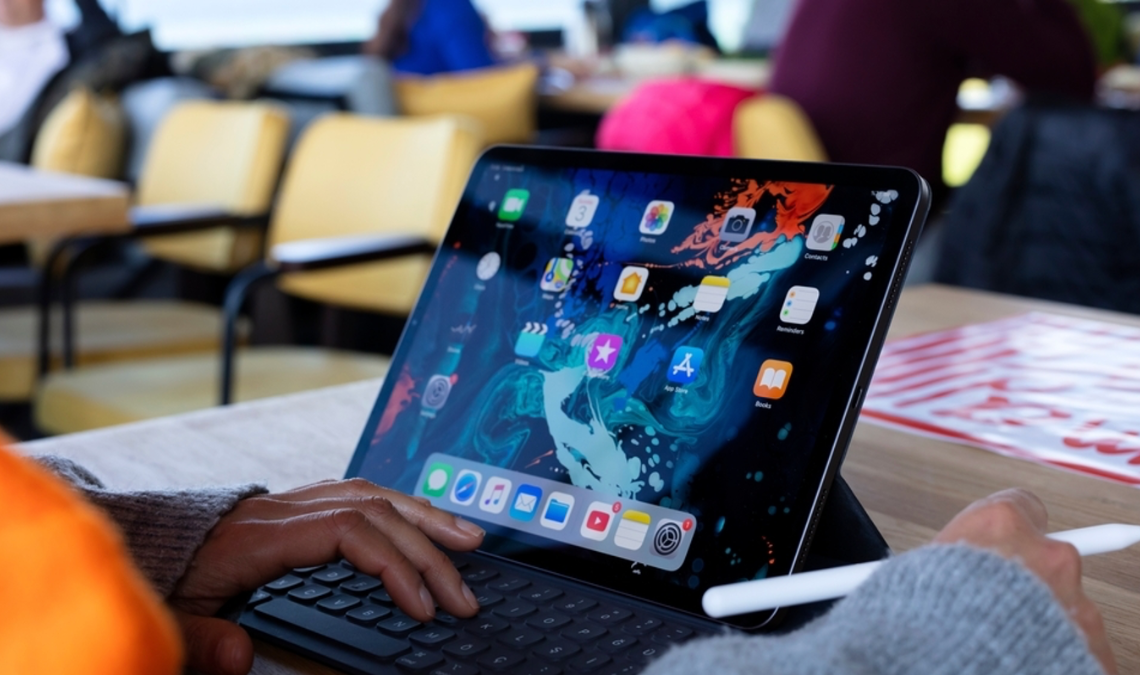
When you think of the iPad, words like “sleek,” “streamlined,” and “sealed” probably come to mind. Apple’s tablets are famous for their minimalist design, clean interface, and uniform user experience. But as consumer demand grows for personalization, flexibility, and sustainability, a provocative question is starting to emerge:
Could the iPad one day become modular?
Modular tech — where users can swap out or upgrade individual components — has long been a dream for tinkerers and forward-thinkers. While it might sound contrary to Apple’s design philosophy, shifting market trends, environmental pressures, and consumer expectations are beginning to suggest that customisable tablets could become more than just a niche idea.
So, let’s explore what a modular iPad could look like, what challenges it would face, and why it might be closer than you think.
What Does “Modular” Mean in the iPad Context?
Modular design typically means that individual parts, such as the battery, display, camera, storage, or even processor, can be replaced or upgraded independently of the rest of the device.
In an iPad context, this could manifest in a few different ways:
- Snap-on upgrades like camera modules or LiDAR add-ons.
- Swappable batteries for extended usage.
- Port expansions or keyboard modules that serve both form and function.
- Integrated stylus docks, additional storage chips, or specialized input panels for music, art, or gaming.
We’ve already seen early experiments in modularity with Microsoft’s Surface line and Lenovo’s modular ThinkPad accessories. Apple could take it a step further, balancing customisability with elegance.
Why the Push Toward Modularity Is Growing
Several factors are converging to make modular design more viable:
1. Sustainability and Right-to-Repair Laws
Legislation is tightening around electronic waste and consumer rights. The European Union and several U.S. states have passed or proposed laws requiring devices to be more repairable. A modular iPad — or even just more easily replaceable parts — could help Apple align with environmental mandates without compromising its brand image.
2. Customisation as a Consumer Expectation
We live in an era where everything is custom, from sneaker colors to software dashboards. Tech hardware is one of the last holdouts. A modular iPad could allow creatives, gamers, students, or professionals to configure their tablet based on what they need most, whether that’s storage, ports, or power.
3. Enterprise and Niche Use Cases
From medical professionals to photographers, certain users would benefit from niche modules like thermal sensors, barcode scanners, or audio interfaces. Offering iPads with plug-in functionality could expand Apple’s reach into more vertical markets.
Apple’s Modular Moves: Already in Progress?
While a fully modular iPad hasn’t hit shelves, Apple is already hinting at a shift:
- MagSafe accessories on iPads are beginning to mirror modular thinking, allowing users to snap on keyboards, stands, and battery packs.
- The ZUGU 360 Case, which supports multiple viewing orientations and accessories, represents a smart external example of “modular utility.”
- iPad Pro’s Thunderbolt port unlocks high-speed data transfer and device daisy-chaining, making the iPad part of a wider modular ecosystem rather than a sealed unit.
In short: Apple might not call it modular, but we’re getting modules nonetheless.
The Design Challenge: How Would a Modular iPad Work?
The biggest hurdle to modularity is the very thing that makes Apple products so appealing: their tight, integrated design.
To accommodate modules, Apple would need to rethink the iPad chassis. But this doesn’t mean chunky or ugly. Apple could take cues from how they’ve engineered the Mac Studio or the Vision Pro — both designed for power and expansion without aesthetic compromise.
Possible modular designs could include:
- Magnetic back panels for snap-in hardware upgrades
- Smart connectors for peripheral modules (beyond the keyboard)
- Expandable side rails or slide-in cartridges for added hardware functions
The goal wouldn’t be to DIY your iPad, but to adapt it more intelligently to your lifestyle.
ZUGU: A Glimpse at Custom Utility, Today
While full hardware modularity may still be in the works, you can already experience a version of iPad customisation with purpose-built accessories, like the ZUGU iPad case.
ZUGU’s cases offer:
- Adjustable magnetic stands that snap into up to 10 angles, depending on the model — perfect for work, play, or drawing.
- Apple Pencil housing and wireless charging compatibility.
- Military-grade drop protection without adding bulk.
These features don’t just protect your iPad; they enhance how you use it. Whether you’re sketching, gaming, coding, or streaming, ZUGU turns your iPad into a device that fits your exact routine. And that’s the heart of modular thinking: adaptability.
What a Modular Future Could Look Like
Looking ahead, the idea of a modular iPad isn’t so far-fetched. Imagine:
- An iPad for artists with expanded RAM and a high-refresh stylus module.
- A gamer’s iPad with tactile button add-ons and extra cooling.
- A medical-grade iPad with HIPAA-secure biometric inputs and patient record modules.
- A content creator’s rig with audio jacks, video output, and SSD expansion.
Modular design wouldn’t replace simplicity; it would offer selective complexity for those who want more from their device.
The iPad That Grows with You
As our expectations for tech evolve, so must the devices we use every day. A modular iPad may not arrive tomorrow, but the push for personalization, sustainability, and expandability is reshaping what consumers want.
In the meantime, accessories like the ZUGU case are already showing how adaptable an iPad can be. Built for real-world use, with flexible functionality and tough protection, ZUGU is the kind of accessory that supports the iPad’s present, while pointing toward its future.
Because even if your tablet doesn’t have swappable parts (yet), it should always fit your life like it was built for it.


